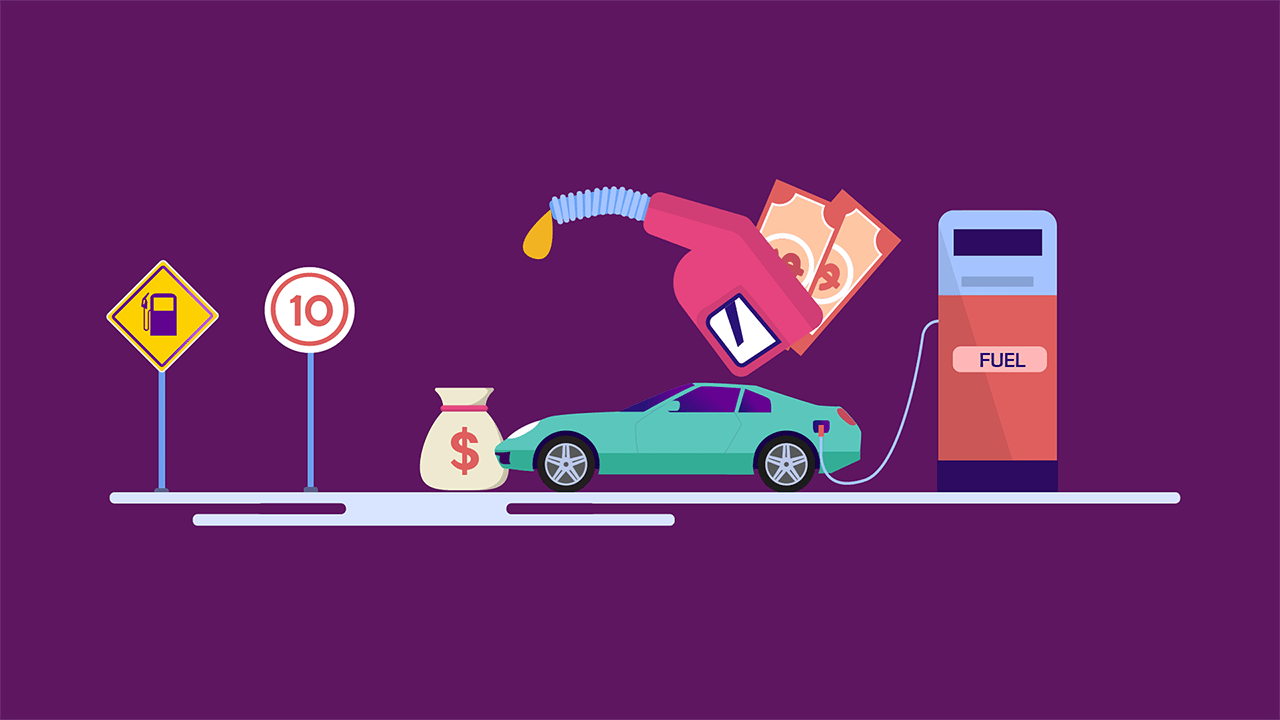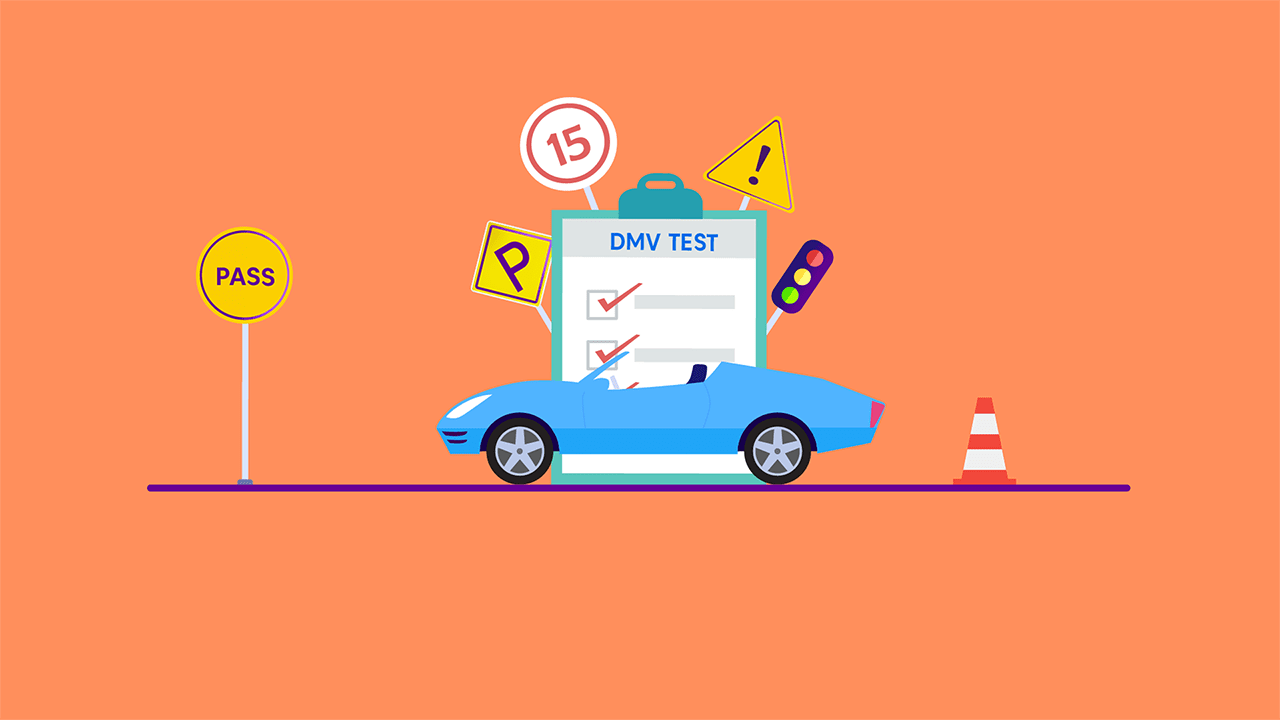Follow these 8 Expert Tips for Safer Night Driving!
By Umm e Hani on Apr 03, 2024Contents
- Nighttime Driving Risks
- 8 Tips To Improve Safety During Night
- Preparing Your Car for Nighttime Driving
- Gathering Necessary Gear for Nighttime Driving
- Preparing Yourself for Nighttime Driving
- Adjust Your Driving to Nighttime Conditions
- Using Your Lights Properly
- Avoid Drinking and Driving
- Take Regular Breaks for Safety
- Selecting the Right Insurance for Night Driving
- FAQ
Many drivers are used to driving at night, but there are still a lot of accidents that happen during these dark hours. It's important to know how to adjust your driving to stay safe on the road at night.
We've put together some top tips for night driving to help you feel confident when you're behind the wheel.
Nighttime Driving Risks
Night time driving comes with its own set of dangers. Night driving is dangerous because:
1. Low Visibility
When it's dark, it's harder to see things clearly. This affects how well you can judge distances, recognize colors, and see things on the sides of the road. It's even tougher for older drivers, as they might need more light to see properly due to age-related vision changes.
2. Headlight Glare
Sometimes, the bright headlights from other cars can blind you. There are two types of glare: discomfort glare, which is annoying and can make you lose focus, and disability glare, which can be so blinding that you might slow down suddenly or drift out of your lane.
3. Drowsy Driving
Driving when you're tired is just as dangerous as driving under the influence. It impairs your ability to think clearly, react quickly, and drive safely. Teens, in particular, need a lot of sleep, and if they don't get enough, it can be risky for them on the road.
So, when you're driving in the dark at night, be aware of these risks and take precautions to stay safe.
8 Tips To Improve Safety During Night
Preparing Your Car for Nighttime Driving
It's crucial to check your car before driving at night, and this can make a big difference for your safety and that of other drivers.
When driving at night you should start by inspecting your lights, including headlights, high-beams, brake lights, and turn signals. If you're not sure how to do this, you can get a free vehicle health check to ensure your car is road-ready.
Keeping your car clean is surprisingly helpful at night. A clean car means your headlights can shine brightly without dirt hindering their light. When other drivers have their headlights on, dirt on your windscreen or windows can create glares and uneven lighting, which can be distracting.
Additionally, consider adjusting the brightness of your dashboard and driver display lights if they are too bright and distracting while driving at night.
Gathering Necessary Gear for Nighttime Driving
Your vehicle is ready, but before you hit the road at night, make sure you have some important gear on hand in case of emergencies. Here's what to consider:
- Ensure your phone is charged so you can call for help if your car breaks down. Being stuck in the middle of the night without a way to reach someone is not ideal.
- Emergency breakdown kits can be a lifesaver if your car breaks down at night. They often contain items required when driving in Europe, like hazard warning triangles and a high-visibility vest, which help alert other drivers to your situation.
- Nights can get chilly, especially outside of summer. Carrying an extra piece of warm clothing is wise. It can be uncomfortable waiting for a recovery team on a cold, dark evening if you've forgotten your coat.
Preparing Yourself for Nighttime Driving
As the daylight fades, so does visibility. That's why it's important to take care of your eyes when driving at night. Your eyes are your best helpers on the road, especially in the dark, as they help you spot potential dangers.
You might wonder about the right glasses for night driving. Well, there are special glare-free glasses available that can be helpful in low light. However, you should never wear dark or tinted glasses at night because they can seriously reduce your ability to see.
Comfort is another key factor. Before you start your journey, make sure your seat is adjusted properly, you're comfortable with the heating controls, and there are no loose objects in the car. This saves you from having to make adjustments that can be more challenging in the darkness.
Adjust Your Driving to Nighttime Conditions
Now that you've taken all the necessary steps, it's time to get on the road. Nighttime driving can be more challenging than during the day, and unfortunately, more accidents can happen at night. Traffic can build up, leading to delays in reaching your destination. It's a good idea to give yourself extra time in case you need to change your route due to traffic.
At late night car drive, the roads are often less crowded, which might tempt you to drive faster. However, it's safer to do the opposite.
There are various unexpected hazards on the road at night, like nocturnal animals such as badgers that might cross the road. These animals can be startled by your headlights. Driving according to the road conditions gives you more time to spot these animals (or other hazards), allowing them to cross safely and ensuring your journey continues smoothly.
Using Your Lights Properly
Many modern cars come with automatic headlights that adjust to the outside brightness, which is quite handy. However, this can sometimes make drivers forget to check if their lights are on.
It's essential to never turn off your lights to avoid trouble driving at night, even on well-lit motorways. Driving without lights in the dark is not only unsafe but also against the law.
High-beam headlights help you see farther and clearer on dark roads and country lanes. But they can be a problem for other drivers if not used correctly. When a vehicle is coming from the opposite direction, or you're closely following another car, switch to the regular beam to avoid dazzling other road users. The same rule applies to your fog lights; only use them when visibility is less than 100 meters.
Avoid Drinking and Driving
While it might seem like common sense, a significant number of accidents and road fatalities happen because people decide to drive after consuming alcohol.
Even if you think you've only had a couple of drinks at your local pub, it's never worth risking your life and the lives of others on the road. Even a small amount of alcohol can impair your ability to drive safely.
The best and safest way to avoid this is by using public transportation, ordering a taxi, or getting a ride from a sober friend. If you opt for the latter, make sure your friend hasn't been drinking either. Many groups of friends take turns being the designated sober driver for the night, ensuring everyone can have a good time and return home safely.
Take Regular Breaks for Safety
Unlike our animal friends like hedgehogs and badgers who are active at night, most people are naturally wired to work during the day and rest at night. This means that as the day goes on and it gets darker, people tend to get tired, and their concentration can wane.
Fatigue is another common reason for road accidents and should be taken seriously, even if you're in a hurry to reach your destination. Taking regular breaks can help rejuvenate your mind and keep you focused on the road. As a general rule, it's a good idea to take a 15-minute break for every two hours of driving. But there's nothing wrong with taking more breaks if you feel the need.
Selecting the Right Insurance for Night Driving
For young drivers, choosing an insurance policy that includes a telematics system, often referred to as a black box, can be a smart way to reduce insurance costs. However, there are some important details to consider before driving at night.
It's crucial to note that some insurers may impose a curfew on when you can drive your vehicle, typically between 10 pm and 7 am. If you drive during these hours, your black box "score" could be affected, which may impact the cost of renewing your insurance policy. To avoid any surprises, contact your insurer to understand the terms of your insurance before driving at night.
FAQ
Why Should You Drive Slower At Night?
Driving slower at night is safer because reduced visibility makes it harder to react to unexpected hazards. It allows you more time to respond to obstacles and helps prevent accidents. Diminished light also makes it difficult to judge distances, so driving at a slower pace is a wise precaution.
When Can You Turn Off Your Headlights While Driving On A Motorway At Night?
You should always keep your headlights on when driving on a motorway at night, no matter how well-lit the road is. The only time to switch them off is if your car breaks down. In that case, leave your hazard lights and sidelights on to help other drivers see you.
What Kind Of Glasses Should You Avoid Wearing When Driving At Night?
Glasses that are polarized or heavily tinted may claim to be helpful for night driving, but they can actually reduce your visibility. These glasses may seem like they can reduce glare from streetlights and other cars, but they're not a good choice. Instead, consider glasses specifically designed for nighttime driving and consult with an optician to find the right fit.


